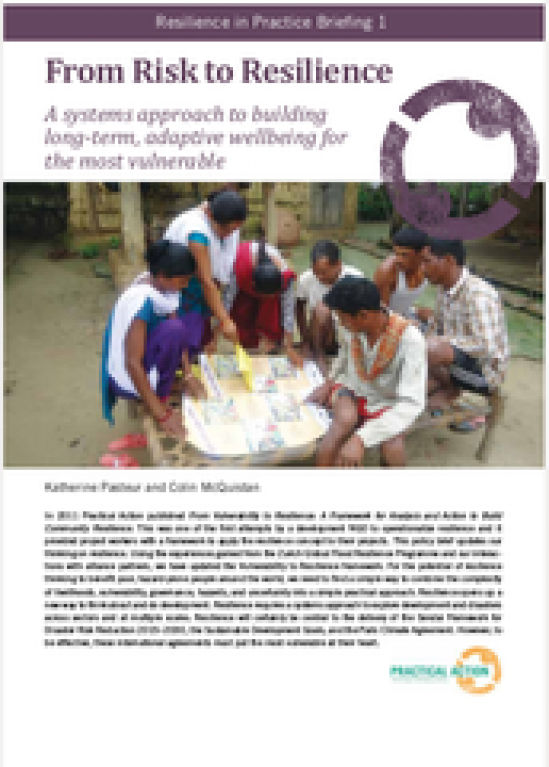Can atmospheric science improve global disaster resilience?
Many of the natural disasters that make the news headlines are related to extreme or unusual weather events. In an open-access article recently published in Reviews in Geophysics, Steptoe et al. [2018]examine extreme atmospheric hazards effecting different countries and regions around the world, and their connections with the global climate system. The editor asked the authors to explain more about these hazards and describe how scientific insights can be used by governments, communities and corporations involved in disaster risk reduction.



